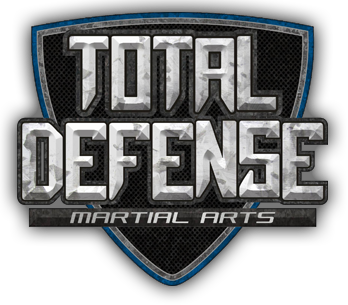by Matthew Warner (April 10, 2015)
I’ve tackled some difficult things in my 42 years, and Brazilian Jiu-Jitsu is one of the hardest. I’ve been at it 26 months now. Eventually, I’ll stop counting my BJJ age in months, like I stopped doing as my children grew older, but right now I’m still a toddler.
My goal in starting BJJ was to improve my self-defense skills. I’ll enroll my two sons for the same reason. I’ve studied Karate and Tae Kwon Do, but BJJ has them beat.
If that was my objective at the beginning, you can imagine how delighted I was by the art’s unexpected benefits. I lost twenty pounds in my first six months. I gained increased stamina and flexibility. I made new friends.
It also helped me sharpen mental skills for completely unrelated life arenas. Recently, I attended a high-pressure sales conference in New York. I delivered several pitches for my new, unpublished novel to high-ranking members of the publishing industry. I suffered shortness of breath and sweaty palms until my wonderful wife suggested, “Act like this is a jiu-jitsu match.” When I heard that, I relaxed my shoulders. I took deep breaths. I imagined the acquisitions editor I was addressing was the only other person in the room. I focused, leaned forward, and engaged.
BJJ’s benefits have required making allowances for my age, however. I’ve had to accept I’m not as strong and fast as people in their twenties. Frankly, I’m happy if I can hold my own against 14-year-old Ryan Benitez. Ryan is called D’arce Vader for a reason.
As an older student, I’ve had to see my chiropractor every other month to realign vertebrae that I’ve punished. Lately, I’ve been a guard player, so I’m often caught in inverted positions with 200-pound men on top of me. When my chiropractor hears this, he smirks and says, “Yep, that could do it.”
I’ve also learned to manage my injuries. When I’ve bruised my ribs, I’ve had to accept it’ll take six weeks for me to recover. That means no rolling — and possibly no drilling — during that time. So what do I do? I attend classes anyway to take notes. The key is to keep my head in it, because BJJ is as much a mental game as a physical one.
On top of challenges related to age, there are the usual challenges related to skill level. As a white belt, my biggest problem has been learning to relax. I used to be called Spaz in high school wrestling, after all. It’s been hard to understand why BJJ has the counter-intuitive moniker, “the gentle art.” I didn’t get it until I learned, down to my bones, that the aim is not to rely on speed and strength but technique. Good jiu-jiteiros roll happily into their nineties. No kidding. That’s the kind of person I want to be.
This means setting appropriate short-term goals. BJJ became a lot less intimidating once I read some of Saulo Ribeiro’s JIU-JITSU UNIVERSITY. He explained the task of a white belt is simply to survive. How can I avoid tapping? After that, the goal is to escape. If I’m in a sucky position like bottom side control, how can I achieve a better position or disengage altogether?
So, my primary goal as a white belt isn’t to choke and joint lock everyone on the mat. It’s only to control my body and my opponent’s body. If I see the chance to submit him or her, of course I’ll go for it, and occasionally I even succeed. But while I remain a BJJ toddler (and an old one, at that), I’m trying to be patient with myself. Position before submission, as they say.
Last night, my instructor promoted me from a two-stripe to a three-stripe white belt. It took an entire year to make that single step. That’s because for a toddler, learning to walk is a hard thing. Eventually, I’ll learn to run.
Matthew Warner’s day job is writing stories. Check out his horror and fantasy novels at matthewwarner.com.


